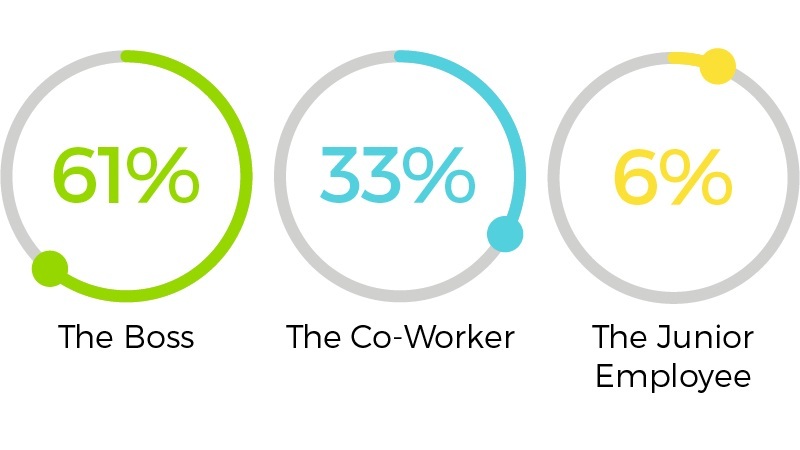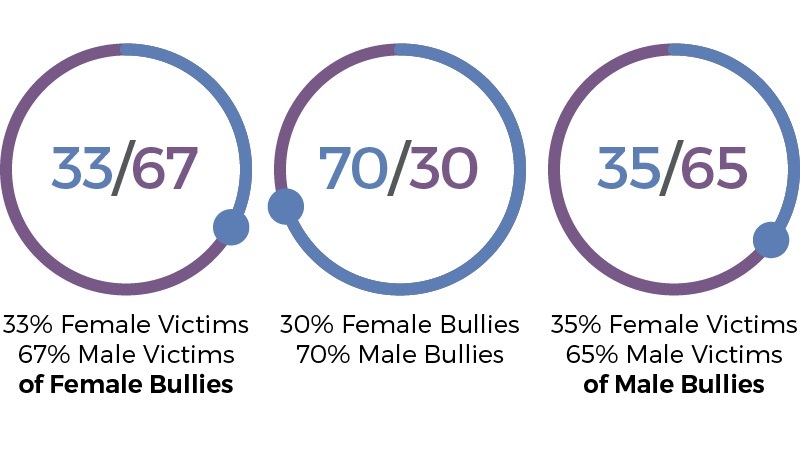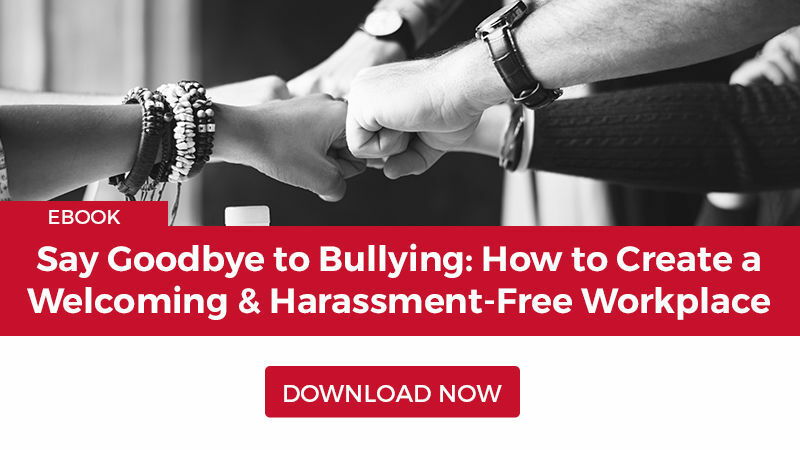Fuel for Growth: How to Create Effective Employee Development Plans


In collaboration with the EHS Daily Advisor, I recently conducted a webinar, Workplace Bullying: Costs and Solutions, that offered organizations practical advice and tips on taking a more proactive approach to foster a positive workplace. Workplace bullying is not a new subject for this blog. My colleague John Arendes wrote about the issue in School Bullying Graduate to the Workplace. Here’s How We Stop It. However, we all know that bullying is a chronic and relentless facet of the workplace. The consequences are considerable. Therefore, I want to address bullying once again and give readers some guidance and practical advice on what measures they can take to create a safe workplace.
Before I talk about steps and procedures, I want to establish what bullying is.
According to the Healthy Workplace Bill campaign, “Workplace Bullying is repeated, health-harming mistreatment of one or more persons (the targets) by one or more perpetrators.”
Nearly 20% or 1 in 5 US workers has experienced workplace bullying.
Examples of bullying include:
It is hard to believe, but currently in the US, bullying is not illegal. Bullying is actionable under federal law in cases where it is tied to a protected category such as race or sex. Title VII of the Civil Rights Act of 1964 prohibits harassment on the basis of color, national origin, race, religion and sex. Other federal laws prohibit such behavior based on age, disability and genetic information. If the bullying amounts to some other civil or criminal wrong, such as assault and battery, it could amount to a claim under state law. Apart from these situations, however, US federal law does not address bullying. While states such as Utah, Tennessee and California have some anti-bullying laws, currently there is no nation-wide regulation in place.
However, this may change. The Healthy Workplace Bill (HWB) is under consideration in 30 state legislatures and two territories. The bill offers protection for employers and employees alike. For employers, it defines an “abusive work environment” to aid employers in recognizing one and requires proof of health harm by a licensed health or mental health professionals. It protects conscientious employers from particular liability risk when internal correction and prevention mechanisms are in effect, and it gives employers reason to terminate or sanction offenders. For victims, the law would provide legal redress for cruelty at work that harms health. It permits suing the bully as an individual, holds the employer accountable, and seeks restoration of lost wages and benefits. Crucially, it is “status blind,” meaning that it does not require plaintiffs to be members of protected classes.


1. Get leadership involved
It is critical that management fully supports any measures taken to build a harassment-free workplace. Leadership must “walk the walk” as well as “talk the talk.”
2. Put it in writing
Your organization’s code of conduct must not only clarify what is unacceptable in terms of harassment and bullying but also what is expected in terms of positive behavior. Organizations should also seek legal advice to ensure the policy complies with the laws and regulations of every jurisdiction where they operate. It is also essential that this policy outlines initial actions, investigative procedures, and proportionate responses to suit the degree of the infraction.
3. Provide training
Ensure that employees and managers are aware and understand your organization’s expectations around behavior and consequences of inappropriate behavior.
4. Teach managers how to respond
While all employees understand appropriate conduct, it is critical that managers and supervisors know how to respond to an allegation.
5. Create a clear reporting and escalation process
Employees who feel harassed or intimidated should know the steps they need to take and believe that their claim is heard and will be acted upon in a timely manner.
6. Establish appropriate investigative procedures
Define a transparent process for the investigation of complaints and ensure your organization avoids bias and treats all claims justly.
7. Protect claimants
Employees who come forward must feel confident that they will not suffer any retaliation or negativity for making a claim.
8. Offer acceptable solutions
Work with your legal counsel to establish solutions that work for all parties involved. These can cover everything from reassignment to termination of the offender.
9. Make the consequences clear
Everyone in your organization needs to know that bullying has implications for the perpetrator, including termination.
I believe the most significant benefits organizations and employees derive from comprehensive training is understanding:
For additional information on this topic, I highly recommend the Workplace Bullying Institute website. It offers highly beneficial insights and additional resources.

Norm Ford is VP of Operations for Compliance Solutions at Skillsoft.
We will email when we make a new post in your interest area.

